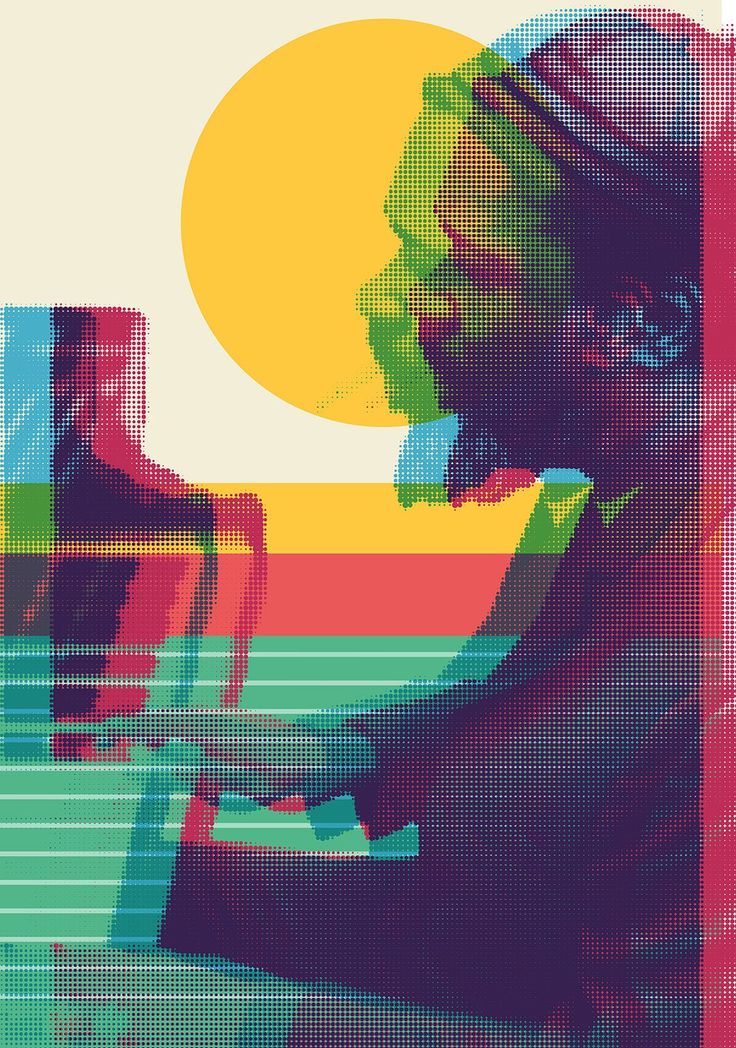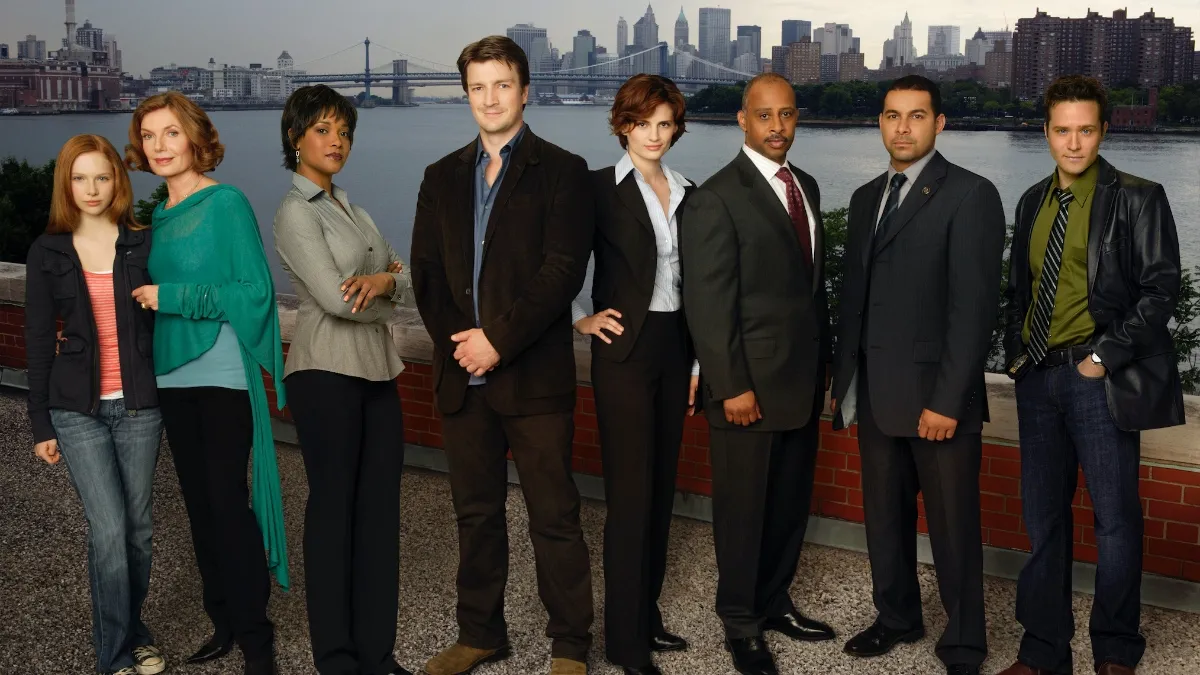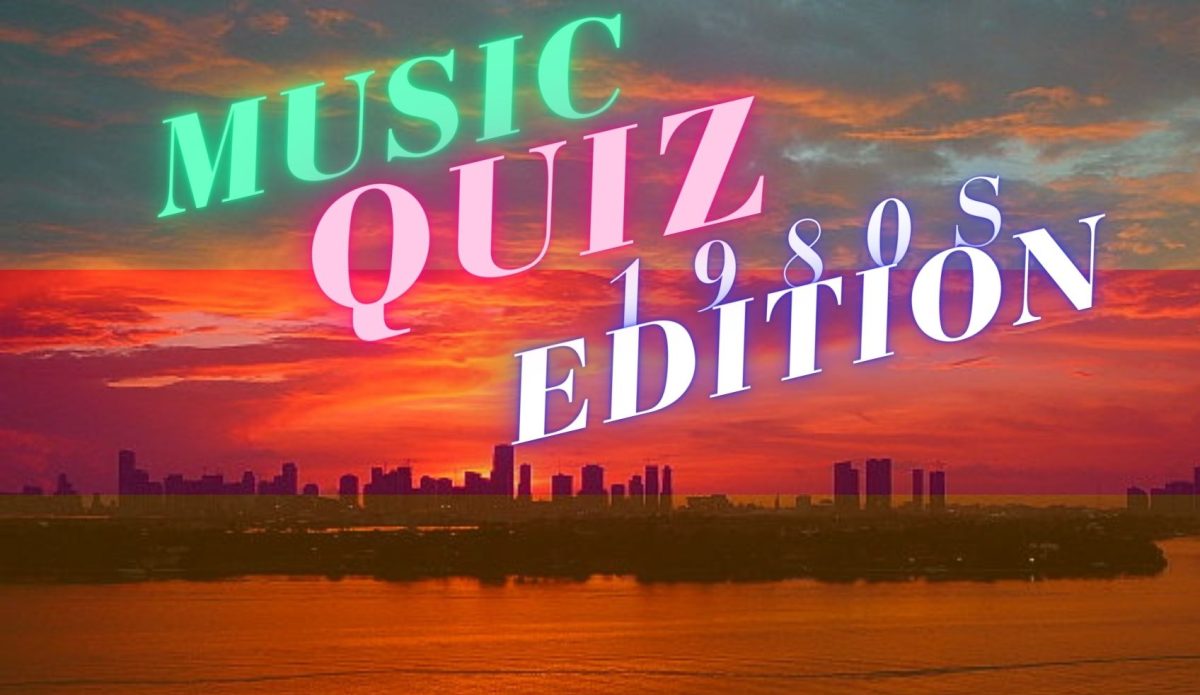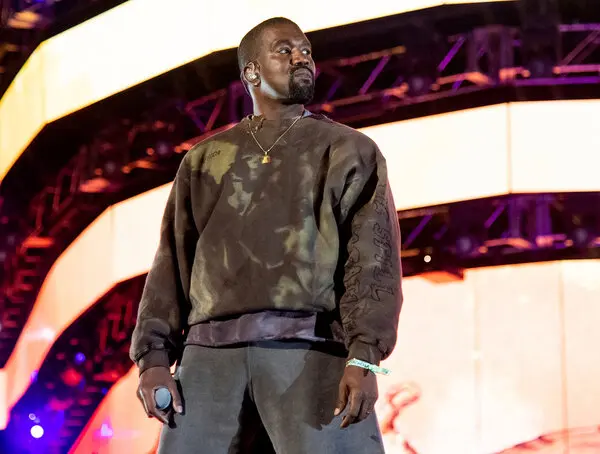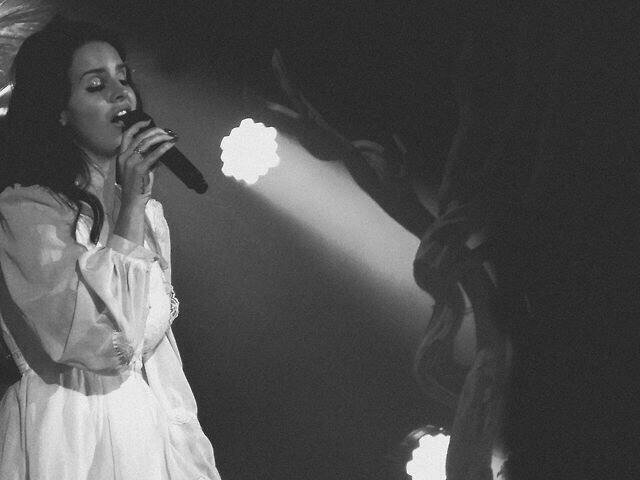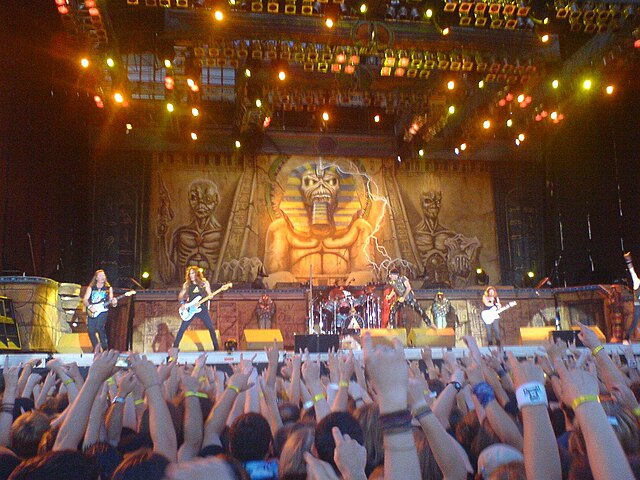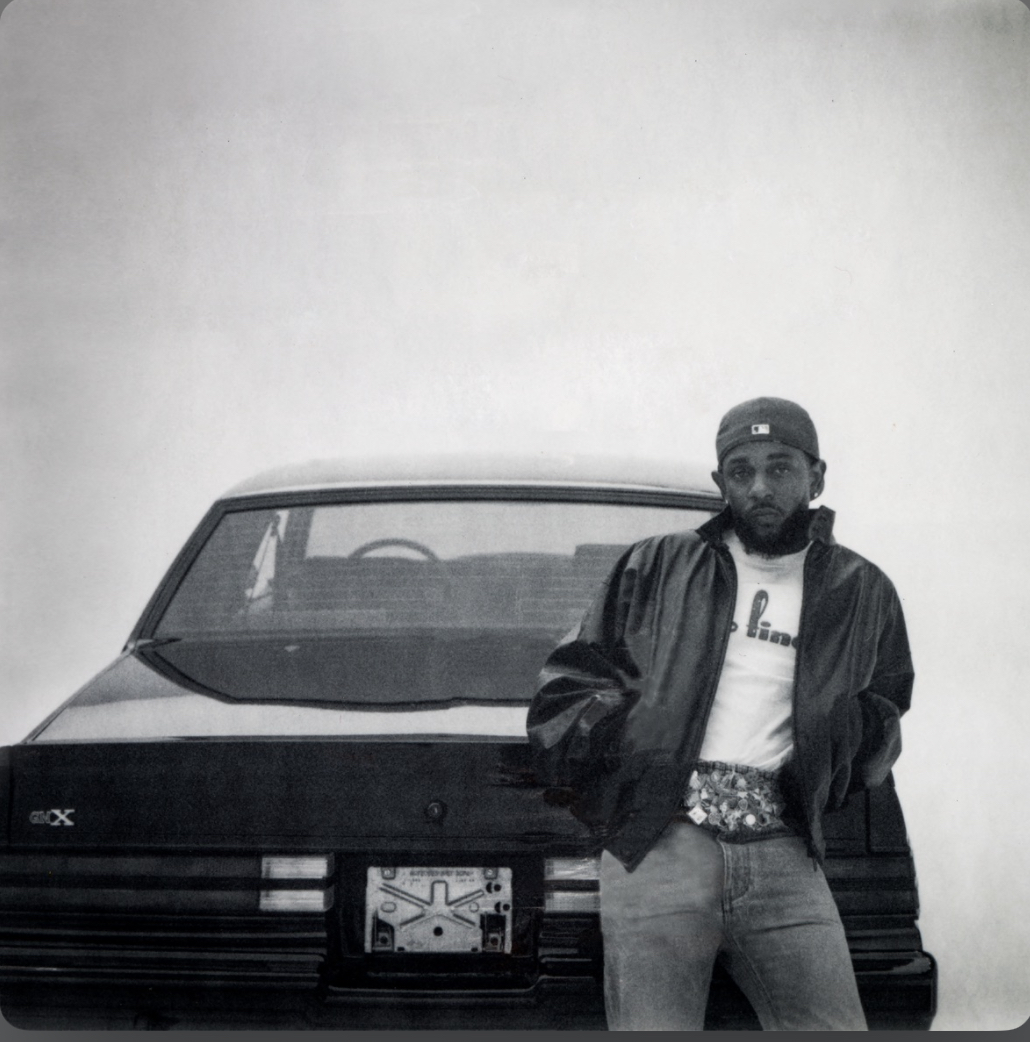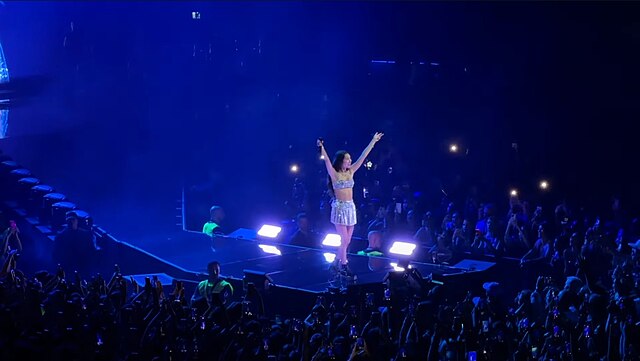Forward
I wrote this article because I love these recordings. They were something new and wonderful for me to understand. My purpose is to highlight the artistry of the visual elements in these old recordings.
colorize (v)
to add color to (a black and white film):
ex. “a number of the old classics have been colorized”
Before stumbling upon videos like this on YouTube, I never thought much about colorized recordings. I’m willing to bet you didn’t either. Now that I’ve re-watched them countlessly, I see that the colorization adds an otherworldly wonder to everything it touches. It gives the images a painting-like quality. Like all of the recordings I have selected to talk about, the colorization process used to bring life to these videos is not perfect. The color occasionally flashes in and out or doesn’t cover everything in the frame.
Charles Mingus & Eric Dolphy, Palais des Congrès de Liège, Belgium, April 19th, 1964 (Colorized)
The bus rolls up and we see Mingus and his band get out. This exiting of the bus scene isn’t necessary for the audience whatsoever, but it’s so darn cool. The still title cards for the first two musicians highlight their importance and showcase them as forces to be reckoned with. The bus sequence is like an introduction of character, each member of the band has a visual personality by the way they move and dress. We then jump right into an entirely different scene, the music begins. Although the sound is meant to be the main attraction, I’m focusing on mostly visuals.
The angles at which the mostly stagnant band is filmed make them seem like they are moving all around with energy that matches what they are playing. People and instruments are often out of frame, there is no effort to hide cameras, recording equipment, and people in the box managing sound. Countless shots show the musicians just sitting around, listening, waiting to play. There is no attempt for perfection in any of the visuals or audio. I admit, the music is kind of all over the place, but that adds to the rawness of everything. An amazing display of artistry is found in that which is natural and unaltered. It’s impressive that the video is so cinematic while being so exposed. That’s the beauty of it.
Highlights (minute marks)
0:00-1:12
6:15-6:40
9:00-10:12
16:25-17:07
19:45-21:00
Thelonious Monk Quartet, Copenhagen, Denmark April 17th, 1966 (colorized)
Thelonious Monk is a legendary pianist, you can tell that from the video. It looks like he’s just messing around when he plays, he moves so awkwardly yet produces such a beautiful sound. The other musicians in his band play their parts very well, but of course, the true highlight is Mr. Monk himself. He pours himself into the music. He is dripping in sweat and heaving with exhaustion throughout the recording. At one point he stands, not to let the other musicians have a little chance to shine, but because he cannot play anymore. He hobbles in circles around the members of his band with no regard for where the camera is.
Thelonious is like an open wound. If he sat daintily by the piano and played with perfect coordination I would be bored. Instead, I am left in awe as he seemingly struggles to continue playing because he is physically and emotionally exerting himself for his desired soundscape. At points, it looks like he may keel over and breathe his last. His visual artistry is impactful, yet he is not performing. He is so authentic and so uncaring of the image, and in doing so, he creates an organic, beautiful performance. The cameramen of course should be credited for their artistic eye in seeing the angles that most impacted us.
Highlights
2:45-5:20
20:00-23:15
26:40-27:27
Bill Evans Trio, BBC studio, London, March 19th, 1965 (colorized)
Bill Evans is one of the staple names in jazz piano. Sadly, his life story is filled with tragedy. Evans was always a brooding individual, we can see this in his famous playing posture. His neck and shoulders are bent, his lips are held tight, and his eyes are sad. Unlike the other selections, the Bill Evans Trio is playing for a live studio audience that has an announcer and all. The way the camera pans out when the announcer comes in is jarring, it takes us out of the melancholy, beautiful world Evans and his band create. The music itself isn’t always so sad, but seeing Evans makes us perceive it that way. The band is staged against a black void of a set, the whole video is dreamlike, only for that dream to be jarred out of mind by an announcer and an audience. Evans’ only acknowledgment of his surroundings is a slight nod of his head.
Where Monk creates an organic performance with his display of energy, Evans creates a performance as outstanding by simply looking down and sitting still. When he gets into the music, Evans shows a spark of energy. His lips move with the bassline and his head bobs a little. This is as much as you get from him, a light groove. Evans’ gloomy demeanor is elegant, there is wonder in this sad man bent over the piano. Again we’ve witnessed a beautiful and organic demonstration of authentic musicianship and authentic self.
Highlights
35:25-37:00
50:45-51:50
55:00-57:00

